Brain Research, Creativity and Project-Based Learning
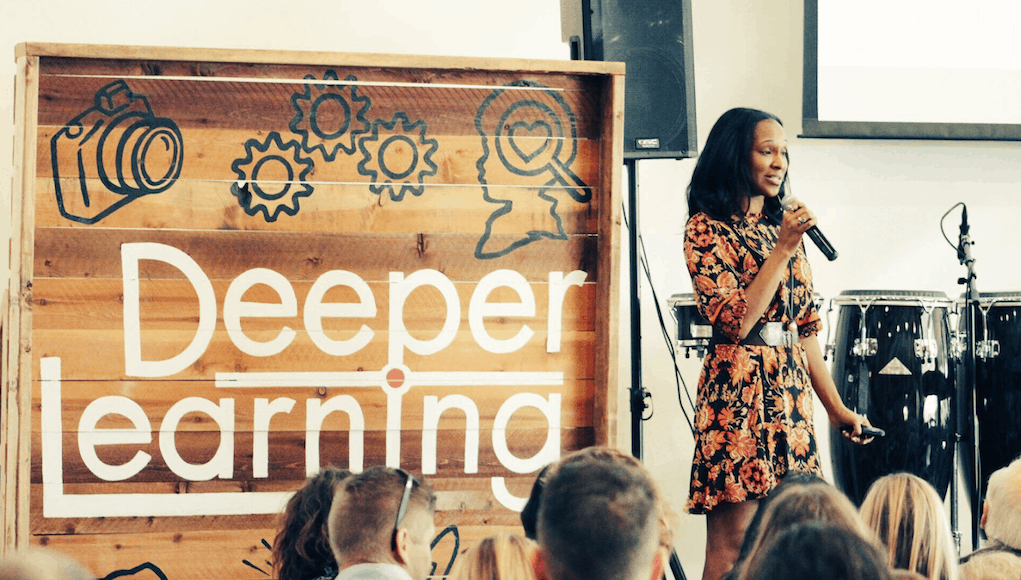
For the last 25 years, I’ve been exploring in practice and theory models of inquiry, in particular, project-based learning. In February I’ll publish a new book, Models of Inquiry – Explained, that examines that work and highlights the commonality between the dozen or so models that dominate the K-12 landscape.
A growing body of research seems to point in the direction that inquiry is an effective method of achieving positive student outcomes in content knowledge and 21st Century Skills. But of course I would think that—it’s my job.
Most studies look at implementation and results, as well they should. But I’ve been interested in going deeper since I attended, many years ago, the Learning and the Brain Conference.
In November I was excited to read How People Learn II: Learners, Context and Cultures from the National Academies of Science, Engineering & Medicine. The study was a refresh of the first edition, How People Learn: Brain, Mind, Experience and School (2000). Both editions continue to be among the most widely known and cited reports created by the Board on Behavioral, Cognitive, and Sensory Sciences. The newer version includes broad-ranging suggestions for additional research that could increase the impact of quality teaching on student learning.
Among the topics in How People Learn I and II are the following:
- How existing knowledge affects what people notice and how they are able to learn
- The role of technology in education
- How learning can change the physical structure of the brain
- The interrelationship of classroom learning experiences and interactions in the community
- The overriding importance of classroom culture and climate
I forcefully argued in a Buck Institute blog called How PBL Connects to Research on Brain Science that many of the conclusions from How People Learn II bear significantly on the arguments in favor of project-based learning (PBL). A table in that blog shows the alignment between the conclusions of How People Learn II and the tenets of high quality project-based learning. But of course I would think that—it’s my job.
During the two years I ran the Partnership for 21st Century Learning I became interested in other precursors for successful implementation of PBL. The first, and the single-minded focus of P21, was the identification of student outcomes that any good instructional method should produce. Those are codified in P21’s Framework for 21st Century Learning.
We began to do a lot of research around the Framework’s core, the 4Cs. Although collaboration, critical thinking, and communication are important, I was entranced by creativity. That led to a series of workshops and presentations at conferences such as ISTE and SxSWedu. In fact, I’ll be running the latest version at this year’s conference in Austin.
The standard argument I make in that presentation is simple: If you want to produce a student outcome such as creativity you first must build a classroom culture in which creativity can grow and then you must adopt a pedagogy (like PBL) that allows it to bloom. Worksheets, lecture, textbooks, and students in rows are not likely to produce creativity.
But does brain research support that belief?
Earlier this month, the online version of Scientific American posted an article entitled The Neuroscience of Creativity: A Q & A with Anna Abraham. The piece includes a brief introduction and then a discussion between Scott Barry Kaufman and the aforementioned Anna Abraham. She is a professor of psychology at Leeds Becket University and the author of the newly published The Neuroscience of Creativity.
The interview is long and often technical, but for the purposes of our interest in PBL there is one section that is of great interest. Kaufman asks Abraham to describe the difference between how our brains operate in a creative mode as opposed to an uncreative mode. Her response: “What is obvious is that a lot about what triggers a creative mode as opposed to an uncreative mode is situational. The creative mode is called for in contexts that are unclear, vague and open-ended. The opposite is true of the uncreative mode.”
Sounds a lot like high-quality PBL. But of course I would think that—it’s my job. The bigger task is bringing these practices to more of the 132,853 K-12 schools in the United States. According to research completed by P21 in 2017, only about 3,000 U.S. schools were engaged in some form of PBL or Deeper Learning. We have a lot of work to do.
For more, see:
- A Year in Review: High-Quality Project Based Learning
- 6 Ways to Inject Creativity Into PBL
- How Project-Based Learning Unleashes Students’ Creativity
Stay in-the-know with innovations in learning by signing up for the weekly Smart Update.



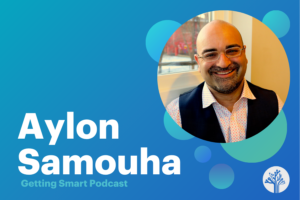

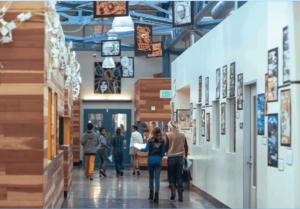
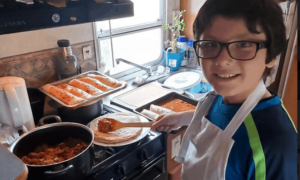
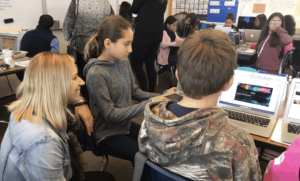
0 Comments
Leave a Comment
Your email address will not be published. All fields are required.